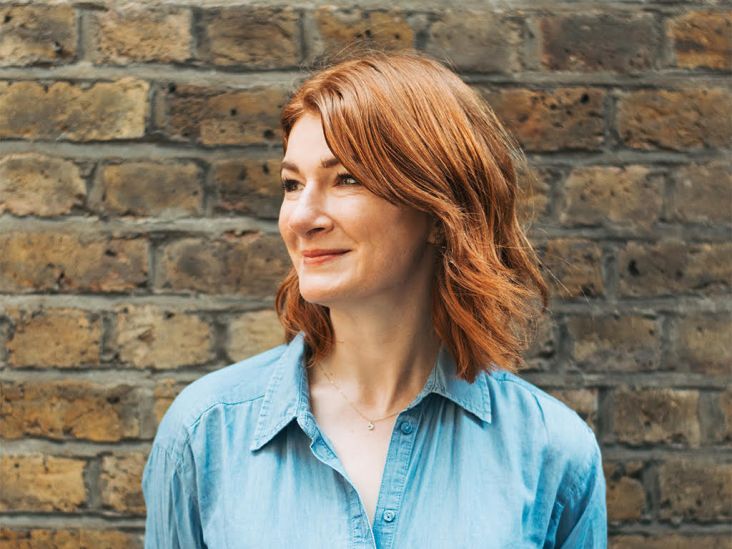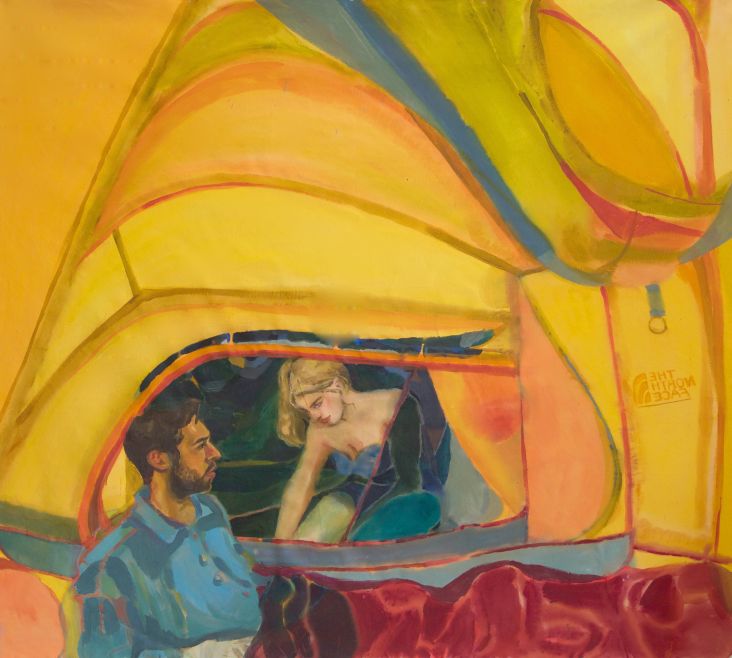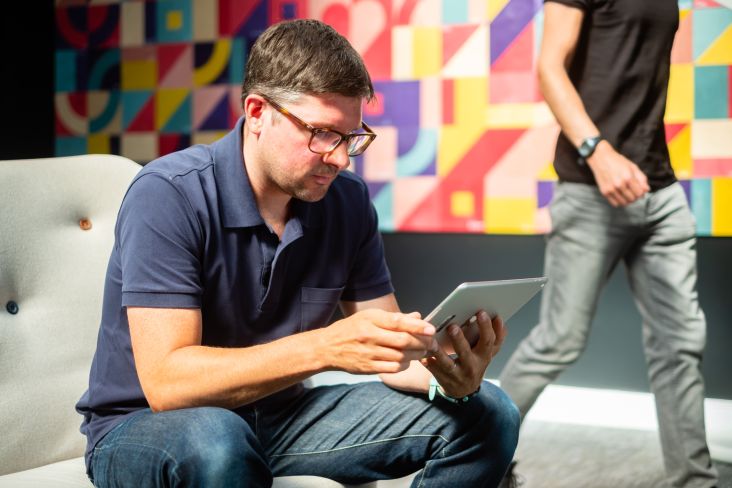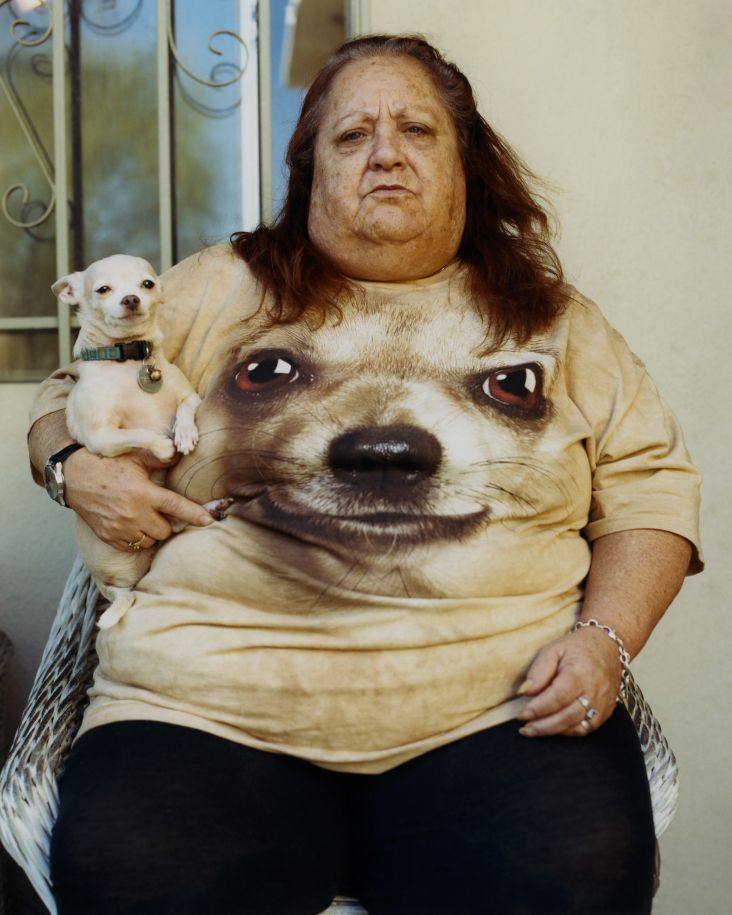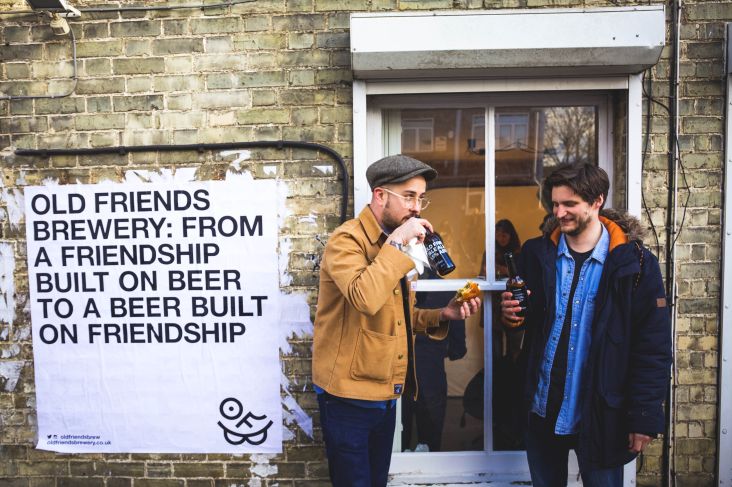Four (and a half) things you can learn from today's 'language-led' brands
What does it mean to have a strong brand voice? And how can a 'language led' approach and the use of words make brands more successful in their marketing? Alex Fenton, strategist and copywriter at the property branding agency me&dave, shares his thoughts.

Image licensed via Adobe Stock
We've noticed an upturn in the number of brands with powerful voices at their helm. Some tickle your ear with quiet confidence; others puff their chests and grab you by the scruff of the neck. But what they all have in common is a beautiful way with words.
Such brands, particularly in fast-moving consumer goods (FMCG), are investing serious time and effort into how they sound, but what does this mean? In simple terms, the standard of writing is rising across the board, but this isn't all we're learning. Here are four (and a half) lessons from a handful of well-worded brands out there right now.
Strong opinions count
Whoever coined the term 'tone of voice' must have done so last thing on a Friday. It's a lazy attempt at defining what's going on. TOV isn't just about how you say something – what you say is just as important.
Take Oatly. Its leading line, "It's like milk, but made for humans", carries within it the perfect balance of lightly sarcastic judgement and wit to grab the audience's attention. It goes even further, citing the carelessness of profit-hungry multinationals to put themselves at the heart of discussions surrounding sustainability and health while keeping a hint of irreverent humour to win hearts as well as minds.
THIS, a plant-based meat alternative, has also taken a stand. Aimed at those looking to reduce meat intake, its name is a smart piece of writing – a jumping-off point from which to talk about the product and what it means for the environment: "THIS is good for you. And good for the planet".
With such a busy marketplace, squeezing your cart between the rest is never going to be easy, but what the success of these brands demonstrates is that having an opinion resonates with those who have strong opinions themselves.
Nothing's too taboo
Of course, there are some topics people shy away from rather than engage with. This is the realisation Onwards came to when developing the brand for Manual, a men's wellness brand offering Viagra and hair-loss treatment: "The topics we needed to talk about were the topics men don't talk about", it comments.
We charge words with added meaning. It's not their fault, they don't ask for it, but we do it anyway. These "charges" can often be positive, but sometimes they create stigmas. Stigmas can linger, but we must remember that they can be torn down with the right words just as they were constructed by the wrong ones.
"We all hate ED. No, not him. ED isn't a guy; it's a guy thing." From a Manual outdoor advert.
With the right measure of positivity, playfulness and empowerment, Manual is engaging with consumers on a whole new plain – creating positive energy through the way it speaks (and, of course, shifting product). What it's shown is that the choice of words is all the more important when having to speak candidly about testy subjects.
Digital isn't killing creativity
Many blogging hours are being devoted to asking whether the rise of digital is affecting creativity, i.e. is it providing more opportunity than ever to dream big, or has it cast a net that's now slowly tightening around us, cutting off the supply of genuine originality?
Brute Wine proves the latter to be untrue. Developing an algorithm to capture Hamburg's weather (where the grapes are grown), and then expressing it visually as an animation, has quite literally harnessed the power of the elements to craft the brand.
The language is laced with a coarseness, making it sound wickedly dark and thrillingly different – "Some grapes are nurtured. Ours are tortured". But it's also at the heart of the brand mission, dispelling the notion that good weather = good wine. It's this clever use of digital interweaved with an earthy tone of voice that has created a determinedly fearless and genuinely original, wine brand.
As people engage more with brands digitally, we have to compete harder for attention, and movement is pretty eye-catching. But, crucially, this has not been at the expense of the written word. When animated brand experience intertwines with traditional storytelling like this, it makes the narrative richer and the overall identity stronger.
Digital isn't killing creativity, part two
Drifting now into the bright, colourful world of social media, it's easy to overlook language's role here, too. The opportunity for revolutionary rhetoric has never been greater.
Consider Instagram. Its origins as a photo-sharing platform and network mean a casual, abbreviated and emoji-littered way of communicating is now the norm. Have you ever seen a post speaking in the third person? Rarely. It feels odd. This is because, in a forum where everyone sounds like a human, a robot will always stand out.
Far from diluting them, this is a green light for even the soberest brands to show a more human side – their "social tone" if you like. Look at this in a context where the likes of Monzo, Habito and Bulb are changing how the financial, mortgage and energy industries communicate with their customers. I now get a thumbs-up emoji and a "nice one" from Barclaycard whenever I pay off my credit card – who would have predicted that ten years ago? Big companies are realising that our brains respond better to what our ears and eyes are used to.
A feed that's piqued our interest, and millions of others, is Lidl 's (yes, that's right, the supermarket). This is because it doesn't act like a supermarket. The photography is bright, bold and vivid, its tone human, humorous and perfectly designed for hungry feeds (a recent post of a pavlova had the words' Mr Pavlova-lova' on the image).
Nowadays, Millennials (and Generation Z to an even larger extent) get their news from sources like Twitter, buy clothes they see on Instagram and hire recruits on LinkedIn. In this world, "social" is the new shop window, so brands can't afford to put people off walking through the door.
Talk is cheap
Compared to wallet-lightening model shoots or CGI budgets with far too many commas, a voice that cuts through the static for peanuts is always going to be attractive. I'm not saying that whenever an Oatly or a Manual pop up it's because the clients are penny-pinching, but it does help to explain why we're facing stiff competition from well-crafted, original voices.
We've experienced this first-hand, recently working with DTZ Investors to create the brand for Anco&co, a new build-to-rent (BTR) scheme in Ancoats, Manchester. We faced two significant challenges here: first, BTR is a relatively misunderstood sector, something not helped by the coldly corporate sound of this very 'industry' term. Second, we had to find a way to put distance between Anco&co and the woeful world of renting, which our audience was sick of.
But there was also a third factor: this was our client's first BTR scheme and, unlike private sale, BTR is a slow burner – profitable in the long run, but smaller cash injections initially. We needed to be cost-effective, so we chose a heavily typographic fly-poster campaign based on the language of protest and revolt while also taking cues from Manchester's music scene and iconic gig posters.
Much of the messaging was explicit – "There's a new landlord in town", "Renting just got good" – but some was implicit. Signs saying things like "Sorry Billy, we're over" are intentionally abstract but will appeal to renters sick of dragging Billy bookshelves from flat to flat.
It's humorous, bold, and in Phase One of the campaign, there wasn't an image in sight. It's created real energy; people are excited and want to know more. It shows that if you speak the same language as your target market, you'll make the right connection – no CGI required.
Word to the wise (conclusion)
Brands like Oatly have come crashing into our world with an arsenal of witty, hard-hitting, smile-inducing lines. Even long-form copy (going the way of the Dodo until recently) has discovered a new lease of life, helped on by a growing reliance on story, message and words to sell a product.
So, we're at something of a crossroads – gone are the days of limp language, the best and brightest emerging brands are often voice-led. The question is how we, as creatives, should respond. The answer? Quickly.
















